The $1,000 budget for our main gaming PC build guide is still a whole lot of money to spend on, well, anything really, so if you're after a more affordable setup you've come to the right place. But whether you're figuring how to build your first gaming PC or just looking to upgrade your old gaming set-up, embarking on a budget gaming PC build can be pretty daunting.
Putting together a rig that can play the latest games at the highest settings, while still keeping the cost down, is undoubtedly a challenge. It's easy to build a high-end rig, just throw everything at it and hang the price, but it takes a lot more thought if you want to get the cost down.
And while it's generally quite effortless to find deals on many components, the tricky bit is knowing which parts work well together and where you should focus your cash to make the most of your tight budget.
If it all seems too much, don't worry about phoning a friend. There are plenty of cheap gaming PC deals available, and they come pre-assembled, too.
Buy it now
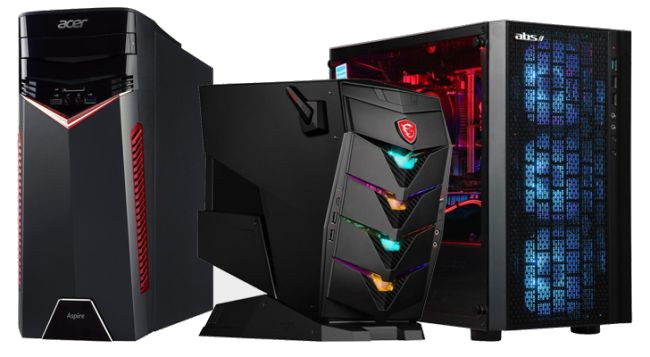
Prefer to buy a prebuilt PC? Check out our guide to the best gaming PCs. Or, if you'd prefer to be portable, here are the best gaming laptops in 2020.
The budget for this build is $750, and we've tested it thoroughly to make sure it offers the best possible performance for your money. This machine is able to run the majority of new games on high settings with 60fps at 1080p.
As with any PC build, research is vital. Grabbing a good deal on a typically pricey component is excellent, but just because it fits your budget, it doesn't necessarily mean it will work well with the rest of the machine. For this build, we've spent most of the money on the CPU and GPU because these will make the most difference to the overall performance. That doesn't mean we've scraped the bottom of the barrel for other components, though. While we haven't necessarily used the best RAM for gaming, it still boasts a high base clock speed.
Like our other build guides, the $750 we've allowed for this budget gaming PC build doesn't include anything that lives outside of the case. If you're upgrading, this shouldn't be too much of an issue, but if you're starting from scratch, you'll need to make sure you set aside extra cash for a Windows license, a monitor, and a keyboard and mouse. If you're struggling with those additional expenses, you can opt for a smaller SSD or memory kit—both of which are easy to upgrade in the future when you have a bit more cash at your disposal.
CPU
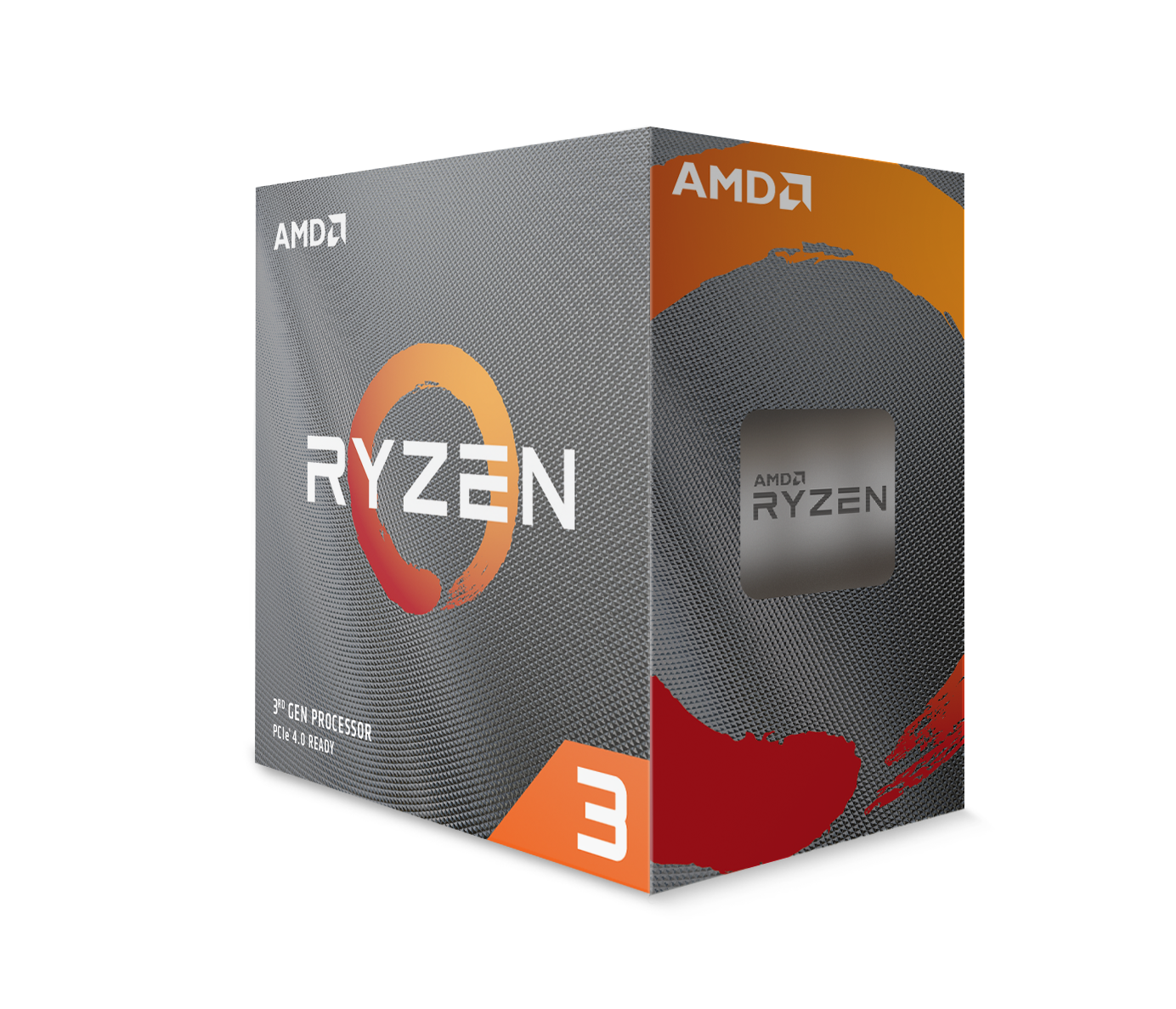
AMD Ryzen 3 3300X
Next-gen features on a tight budget.
Cores: 4 | Threads: 8 | Base Clock: 3.8GHz | Turbo Clock: 4.3GHz | L3 Cache: 16MB | TDP: 65W | PCIe 4.0 lanes: 24
The budget end of the CPU spectrum is a vibrant place right now, with the likes of the Intel Core i5 10400F joining the Ryzen 3 3100 and 3300X. This is before you consider the last couple of generations of silicon too, which is always a good place to turn if you're on a tight budget. Make no mistake though, the Ryzen 3 3300X is the chip you want. In fact it's so good the only problem you may have is actually getting your hands on one. Right now it's sold out on Amazon and Newegg, although B&H Photo promises to have stock imminently.
The Ryzen 3 3300X has a number of things going for it, including support for PCIe 4.0 devices and its high operating clocks. The former is important if you want to splash out on a next-gen SSD to make sure you're not sitting around waiting for your games to load, while the latter ensures your graphics card isn't being held back when you do get in game. The fact it's a 4-core, 8-thread chip means that it packs a decent punch at other tasks as well.
There's always something else on the horizon, and here the fact AMD's Zen 3 architecture is due out before the year's end could have been an issue. We're not sure that we'll see as good a budget offering as the Ryzen 3 3300X at launch, but the good news is that the B550 motherboard we're using here will support the new chips when they launch, giving you a decent upgrade path.
GPU
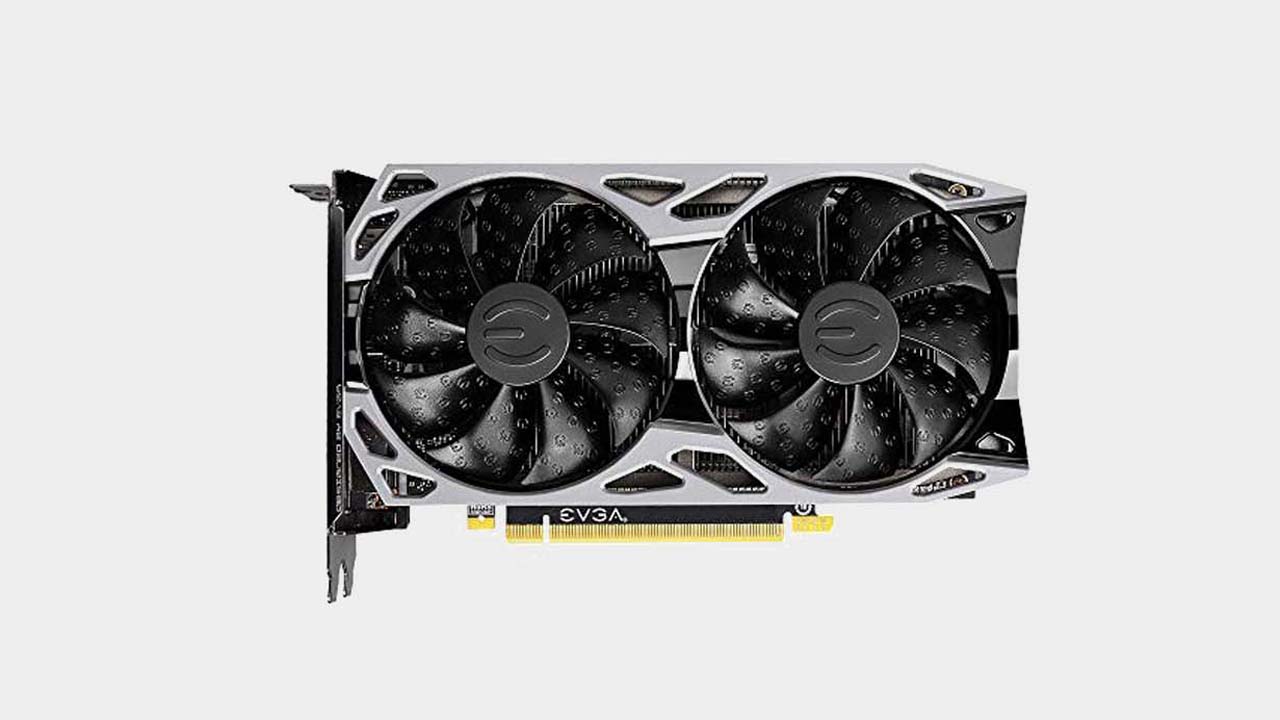
Nvidia GTX 1660 Super
A great graphics card for 1080p gaming.
GPU Cores: 1,408 | Base Clock: 1,530MHz | Boost Clock: 1,785MHz | GFLOPS: 5,027 | Memory: 6GB GDDR6 | Memory Clock: 14 Gbps | Memory Bandwidth: 336 GB/s
While Nvidia has been quick to sing the praises of ray-tracing with its RTX cards, its line of GTX Turing GPUs offers decent performance on a budget. And the Nvidia GTX 1660 Super offers similar performance at 1080p to the 1660 Ti but at a reduced price point. While both cards share the same 6GB of VRAM the Super has fewer CUDA cores when stacked against the 1660 Ti and slightly lower clock speed, but its higher-clocked memory delivers higher bandwidth.
This card comes equipped with Nvidia's Turing architecture, but users of any of the later 10-series of GPUs won't see much in the way of improvement and would be better off looking to Nvidia's 20-series of GPUs in order to upgrade their performance. The 1660 Super lacks any hardware ray tracing features, but also doesn't have the necessary power to take advantage of them.
The real spotlight here is the price; before the 1660 Super hit the streets, you'd have to pay for a 1660 Ti if you were looking for decent gaming performance, which at that point you were practically pennies away from an RTX 2060 anyway. In short, the 1660 Super gives you comparable performance to the 1660 Ti, just for around $60 less. If you're looking for a reliable 1080p card, the 1660 Super is one of the best graphics cards for gaming.
Motherboard
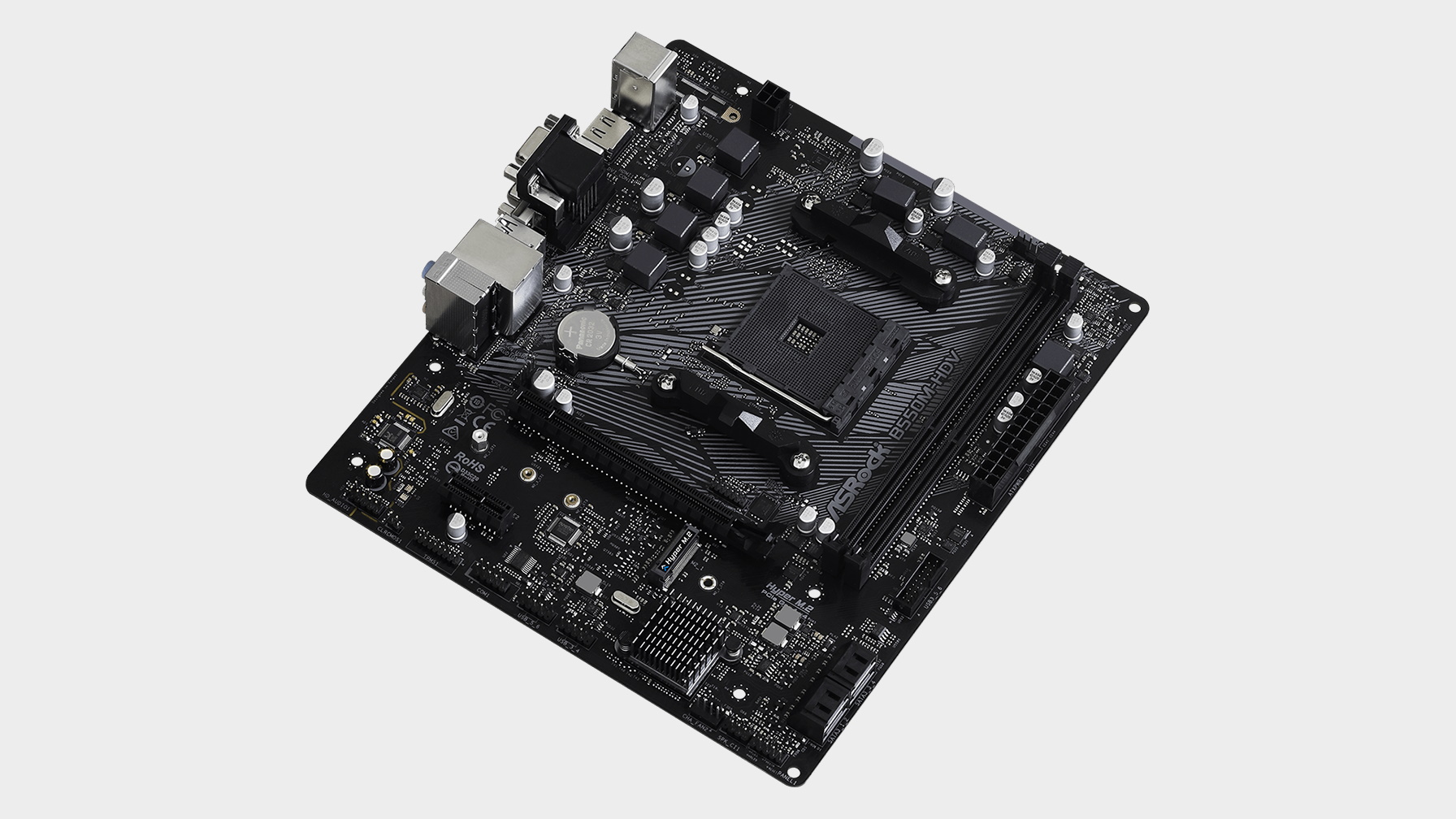
Asrock B550M-HDV
A good budget B550 board that offers great value for money.
Chipset: B550 | Memory: 2x DIMM, 64GB, DDR4-4733 | Expansion slots: 1x PCIe 4.0 x16, 1x PCIe 3.0 x1 | Video ports: D-Sub, DVI-D, HDMI | USB ports: 4x USB 3.2 Gen 1, 2x USB 2.0 | Storage: 1x M.2, 4x SATA | Network: Gigabit ethernet | Lighting: None
High-end motherboards enable you to reach crazy overclocks, plug in loads of different expansion cards, and connect to your networks and peripherals in a myriad of different ways. When you're on a super tight budget though, a lot of that stuff is unnecessary. You just want a solid core. You want to be able to plug in your CPU, graphics card, and SSD. That's it. And that's exactly what this tiny budget board from Asrock lets you do.
At its core you'll find AMD's B550 chipset. This is a slightly cut down version of its premium X570 offering, boasting fewer PCIe 4.0 lanes, but that doesn't really affect this Micro ATX offering much anyway, so not much is lost. The stock performance is indistinguishable from much more expensive motherboards, and given that overclocking is fairly unexciting on Zen 2 when it comes to actual games anyway, you're really not missing out. This is a laser focused budget board, and this is the perfect place to use it.
Memory
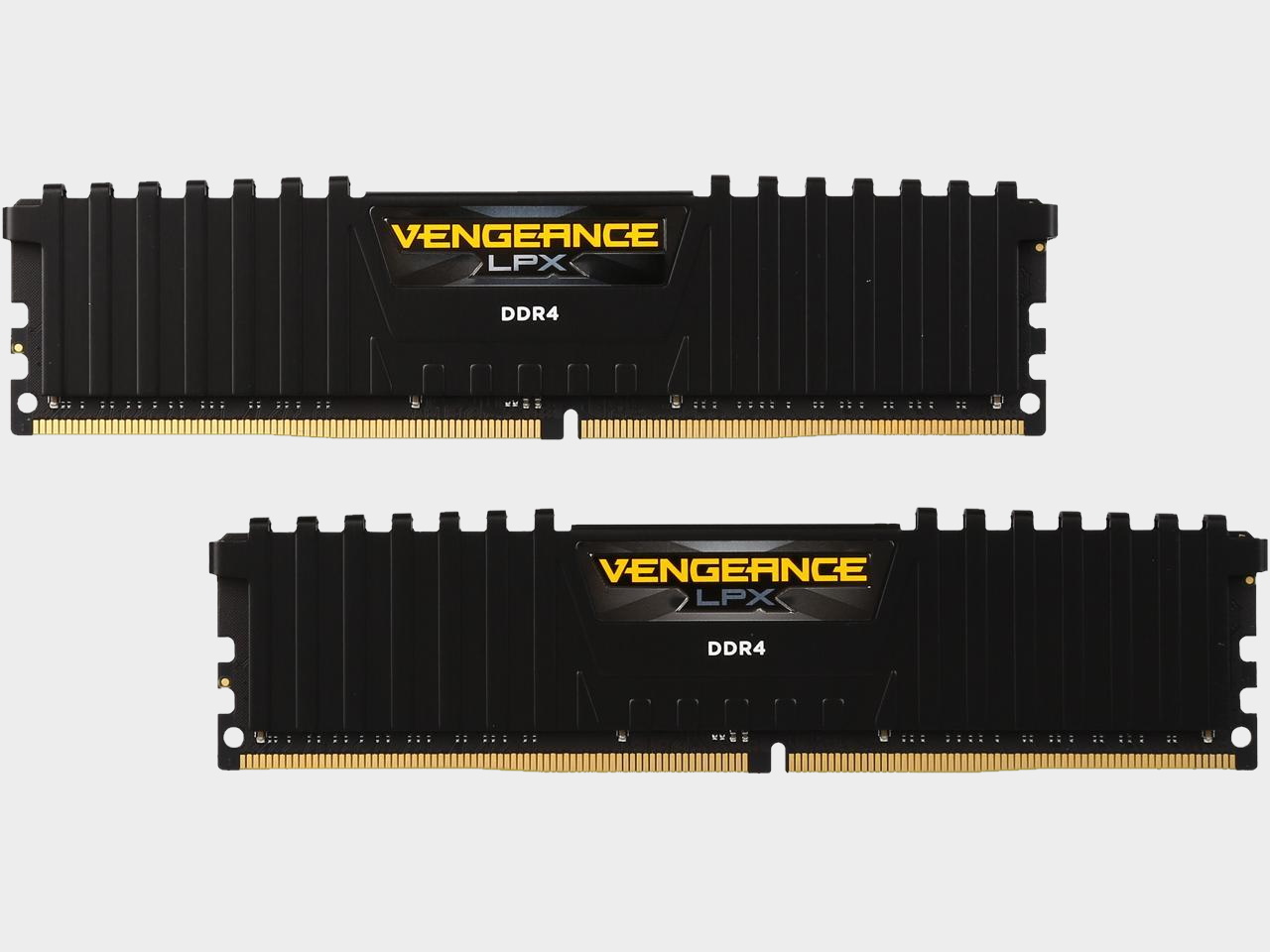
Corsair Vegeance LPX 16GB (2x 8GB) DDR4-3200
Plenty of memory for most games.
Capacity: 2x 8GB | Speed: 3200MT/s | Timings: 16-18-18-36 | Voltage: 1.35V
This slim, no-nonsense memory kit from Corsair lets us deliver a huge amount of memory and increases our clock speeds too without going off the deep end with our budget. While indeed not the fastest RAM available by any stretch, lacking the flair of many RGB RAM kits, it's practical and sensible, which is what we need for this build.
There are, of course, tons of options when it comes to memory kits, and this is just a suggestion. Memory prices have really dropped recently, but there's always the potential for savings on higher quality RAM. You could technically get away with 8GB of RAM, but we'd recommend sticking to 16GB and staying in the realm of 3,200 MHz instead.
Just make sure to pay attention to the frequency and timing, as well as the price. If you need some additional pointers when looking for memory, our guide to the best RAM for gaming can help point you in the right direction.
SSD
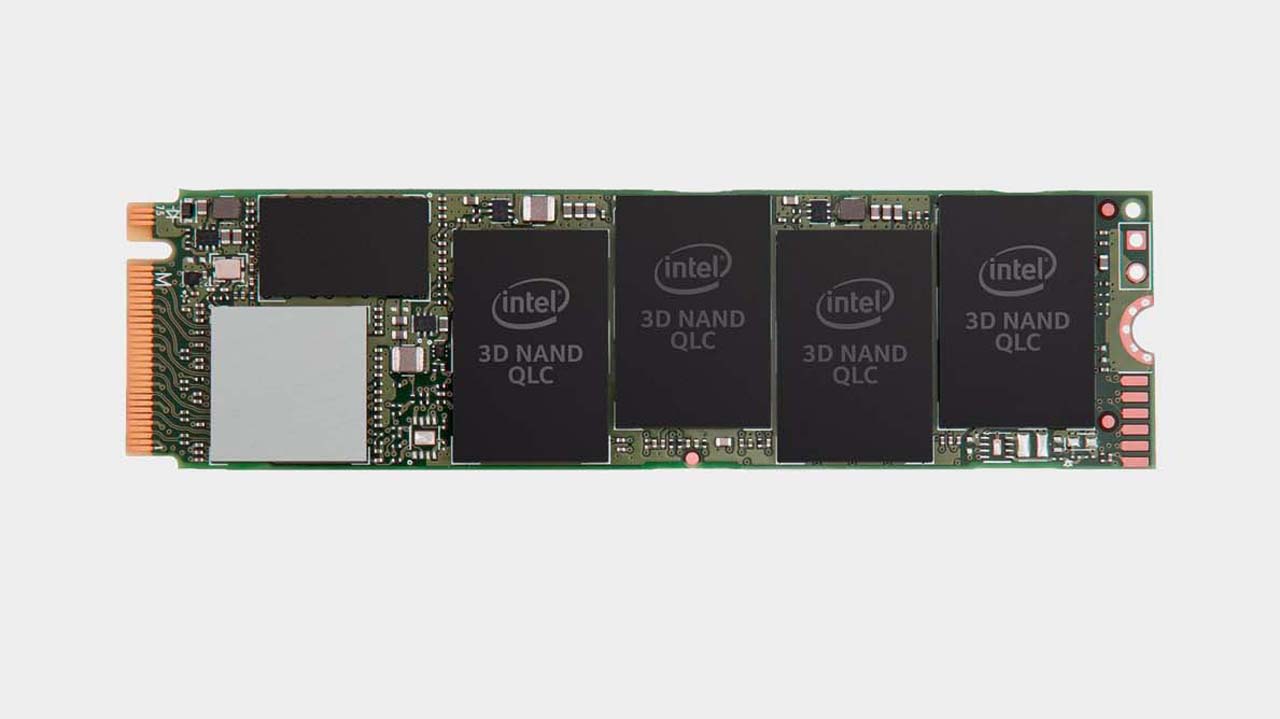
4. Intel 660p 1TB
High capacity and low cost make the 660p a winner.
Capacity: 1TB | Interface: M.2 PCIe 3x4 | Sequential IO: 1800/1800MB/s read/write | Random IO: 220K/220K IOPS read/write
You can't have a PC without storage, and you're going to need space for your OS as well as whatever games you want to keep on hand. Thankfully, with memory and SSD prices dropping in pretty rapid order, we've finally found a way to slot an M.2 SSD into our budget build. Not only are M.2 NVMe SSDs easier to install, but they offer better performance than their SATA counterparts. And at just over $100 for 1TB this Intel QLC drive is great value.
The transfer speeds of the Intel 660p, however, do tend to slow down considerably as it approaches capacity so you'll be grateful for all that space. This drive isn't exactly what anyone would call the top of the line performance, but if you're on a budget, this is still one of the best SSDs for gaming.
Just try to keep at least 100GB free, and it should perform fine. Or at least, no worse than any budget SATA SSD.
Power Supply
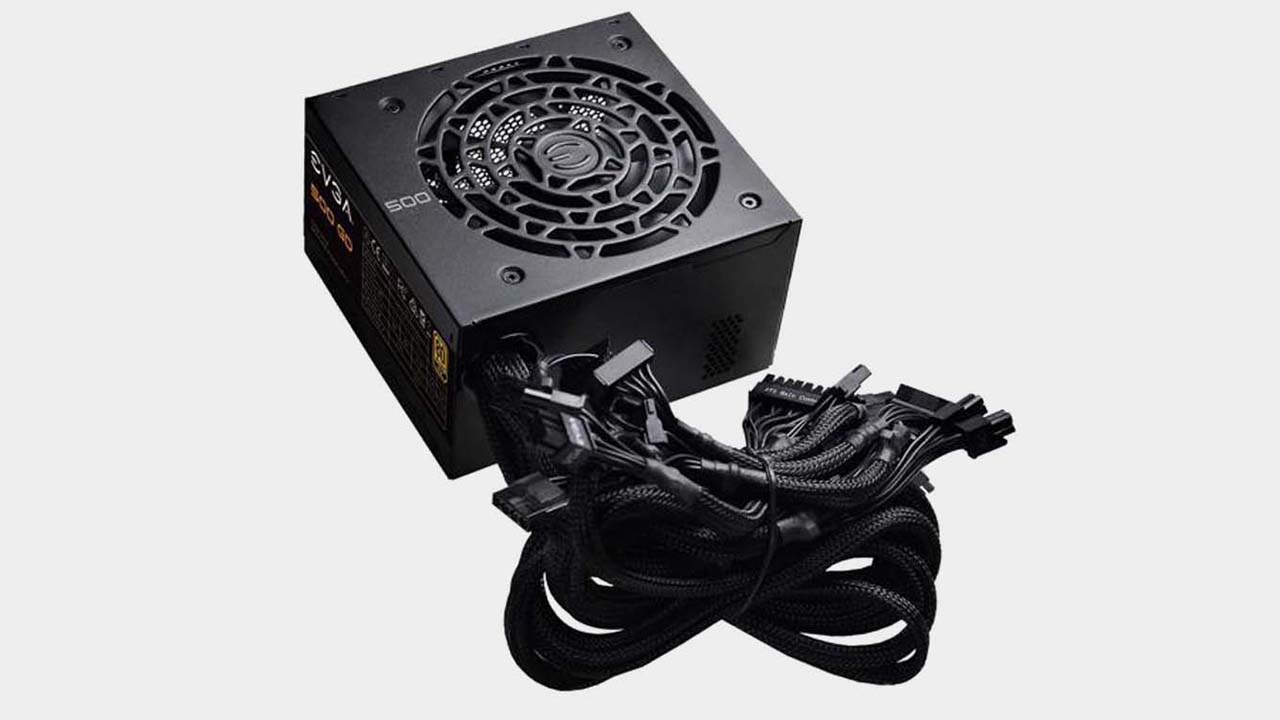
EVGA GD 500W 80+ Gold
More than enough power for a budget PC
Output: 500W | Efficiency: 80 Plus Gold | Connectors: 24-Pin ATX, (1) 8-Pin (4+4) EPS12V, (2) 8-Pin (6+2) PCIe, (6) SATA, (3) Molex, (1) Floppy | Modular: No
The various upgrades to our budget rig draw more power than previous builds, so we've had to go with a slightly larger PSU. It's tough to go wrong with a power supply as long as you're sticking with a major vendor. This non-modular unit from EVGA has more than enough juice for our needs. The fixed cable design does limit you somewhat in terms of expansion, but unless you're planning to put a second GPU in your rig, there's still modest headroom for overclocking if you choose to upgrade your CPU in the future. However, you'll need to look at the best power supply units for PC gaming if you want to take your upgrades even further.
Case
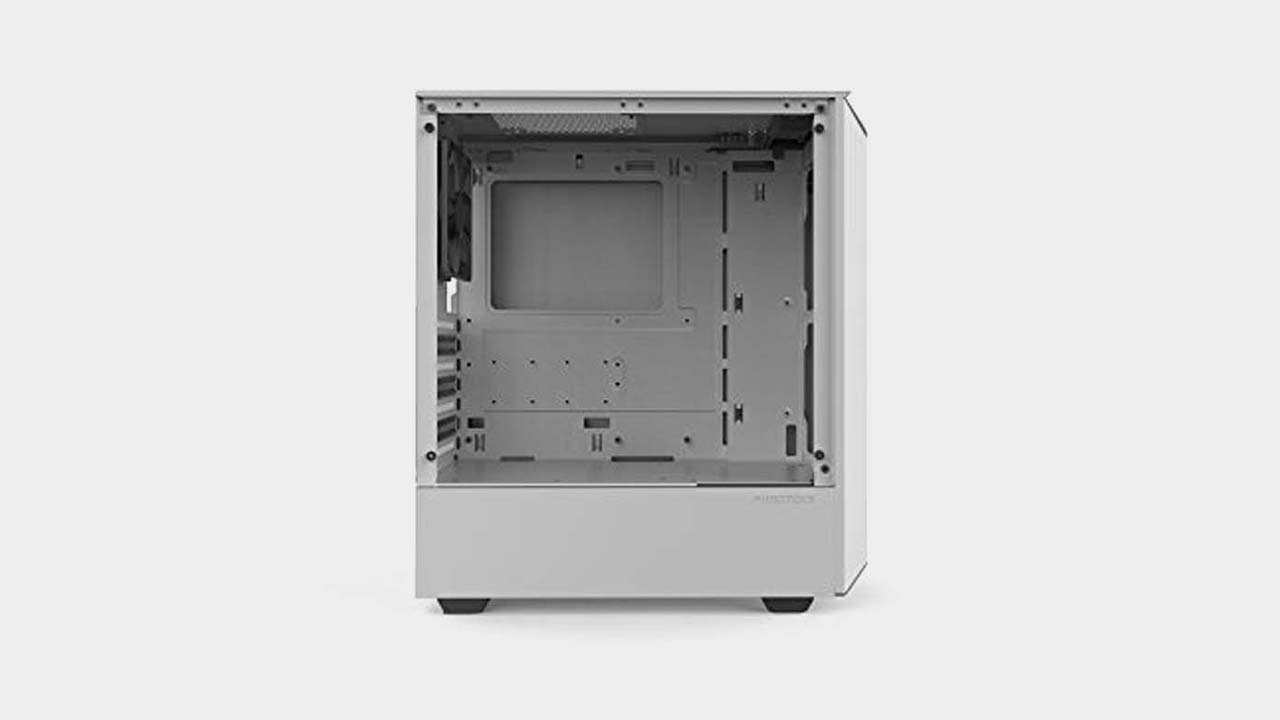
Phanteks P300 ATX Mid Tower Case
Understated and attractive
Type: ATX mid-tower | Motherboard Compatibility: ATX, Micro-ATX, Mini-ITX | Drive Bays: (2) 3.5" internal, (2) 2.5" SSD | Front Ports: (2) USB 3.0, Audio | Fan Options: Front: (2) 120/140mm, Top: (2) 120/140mm, Rear: (1) 120mm, Bottom: N/A | Max GPU Length: 380mm | Dimensions: 450x200x400mm (HxWxD) | Weight: 6kg
Cases can be extremely subjective, and while it's easy to spend more than this, you'll be hard-pressed to find a better one for less than $60. We've settled on this relatively spacious and inexpensive case from Phanteks. It lacks many of the bells and whistles that a more expensive case can provide, but it gets the job done without cutting too many corners.
There is a certain temptation to max out your budget on a pretty looking case, but it's important to remember this piece of your build will have no impact on performance when compared to the other stuff you should be spending money on. Buy something that does what you need and is easy to work with.
Or go ahead and make a fashion statement, just don't expect higher framerates.
All Components
All the totals here are correct at the time of publishing, and we update this feature regularly. The widget below will always show the lowest component prices our engine is tracking, but be aware they go up and down.
from PCGamer latest https://ift.tt/35zdTP6
ليست هناك تعليقات:
إرسال تعليق